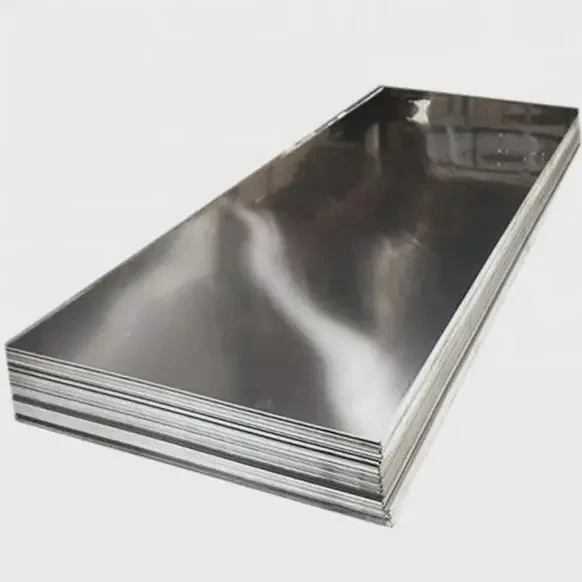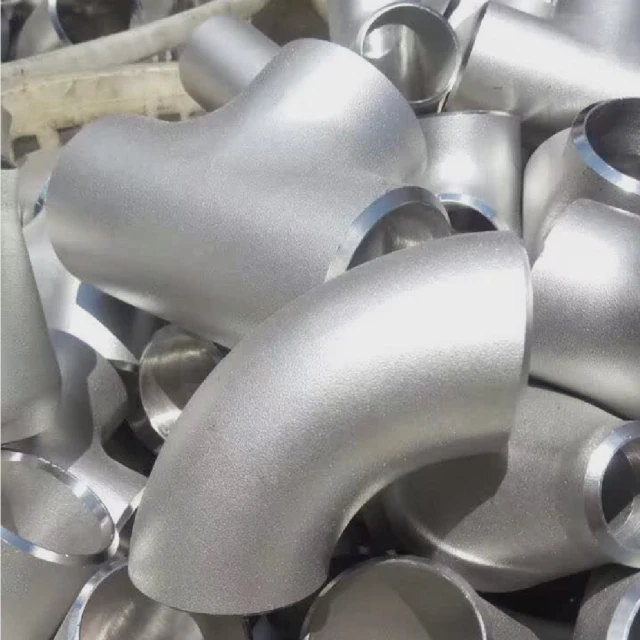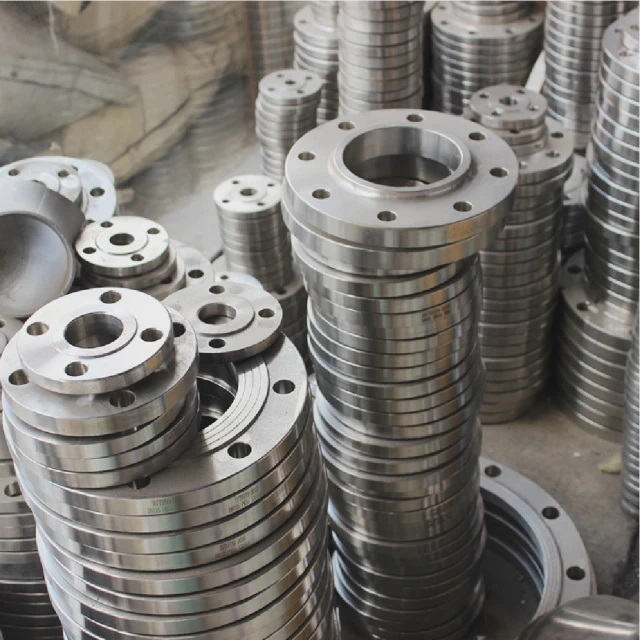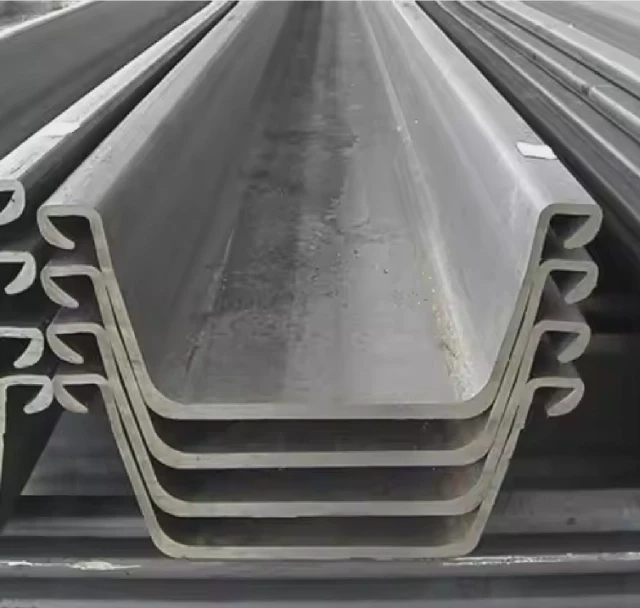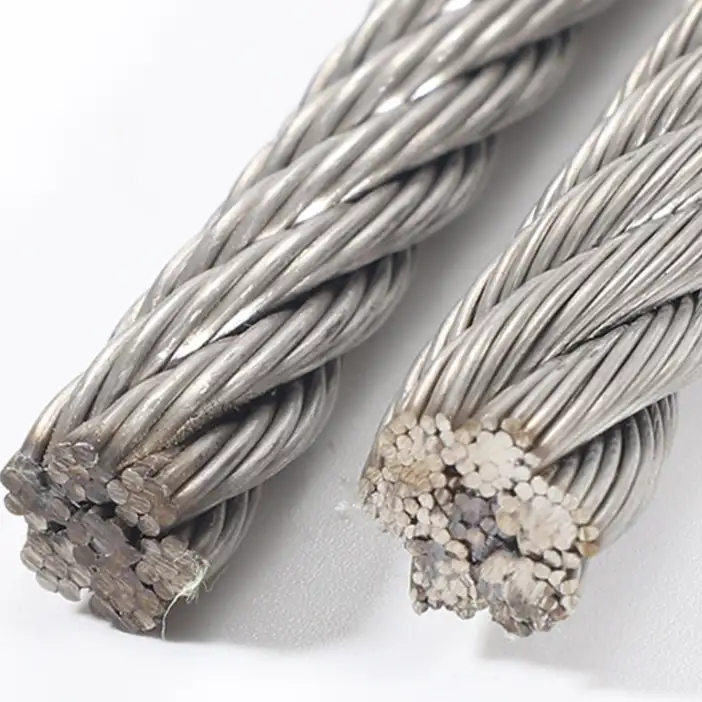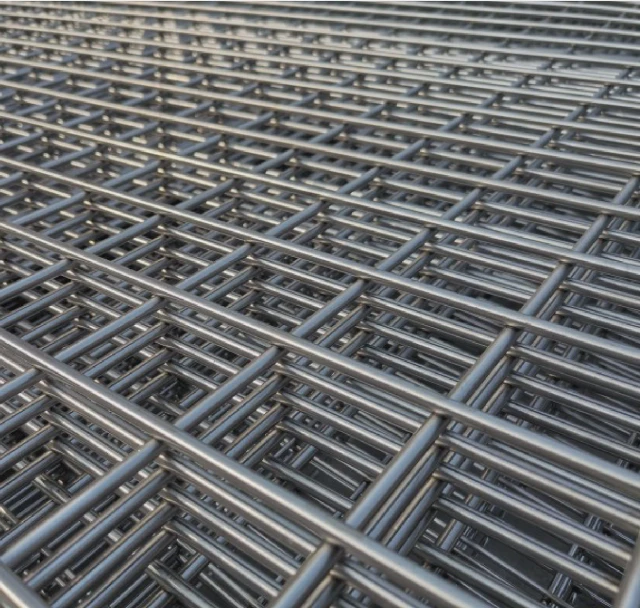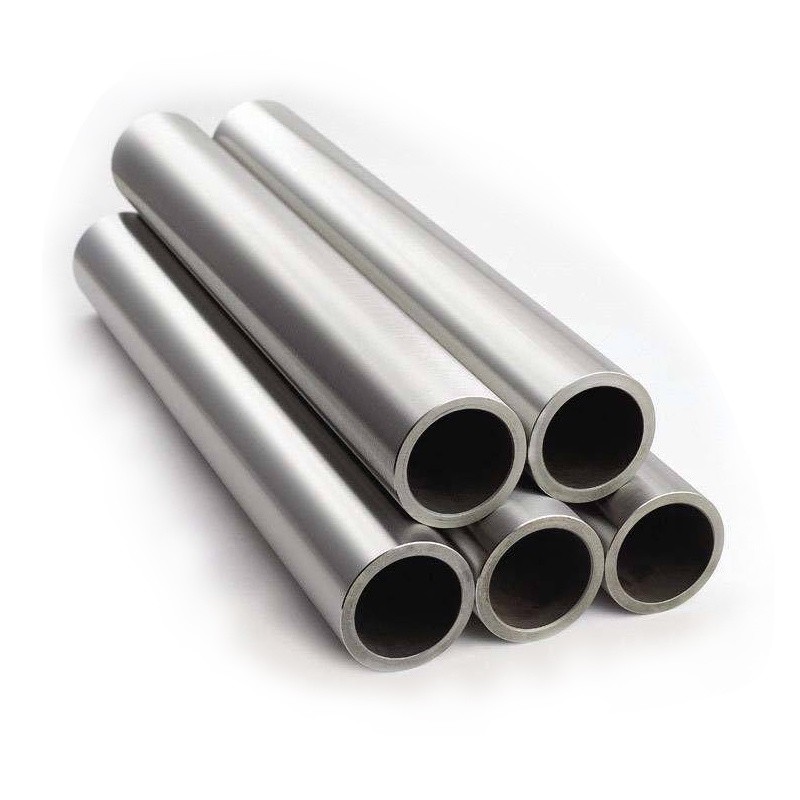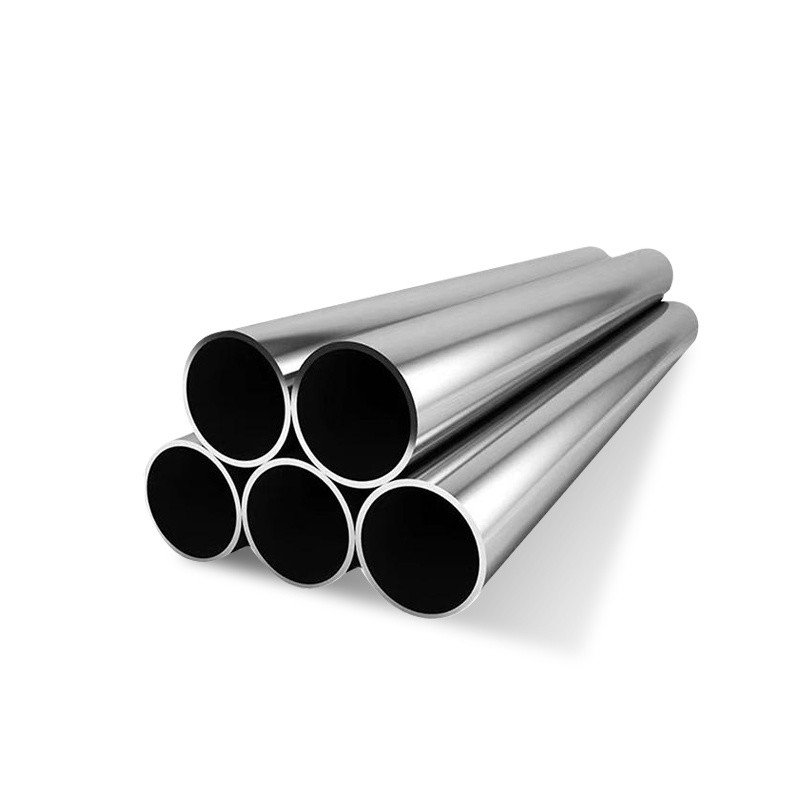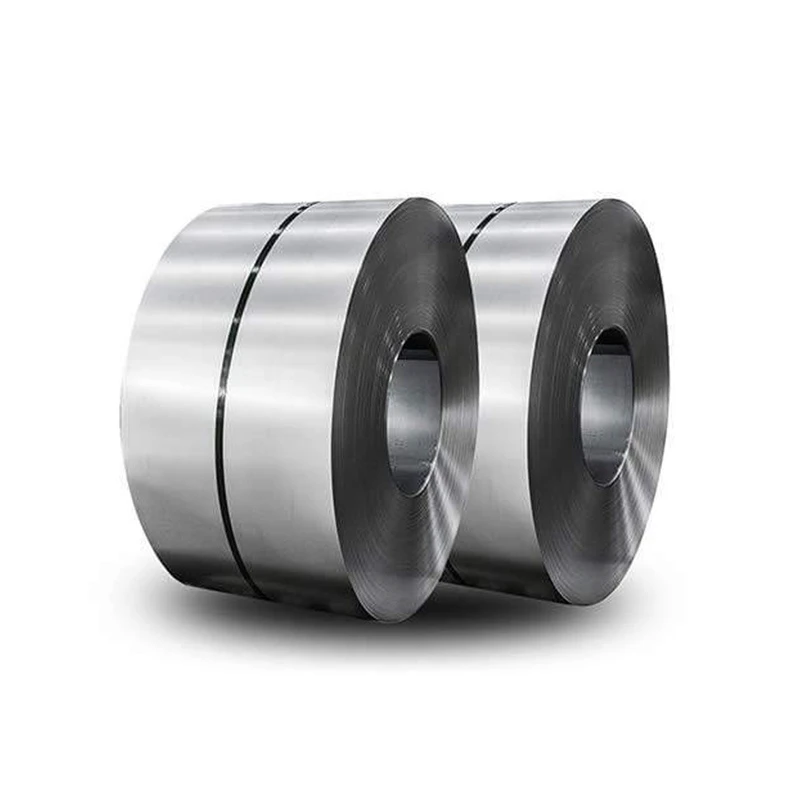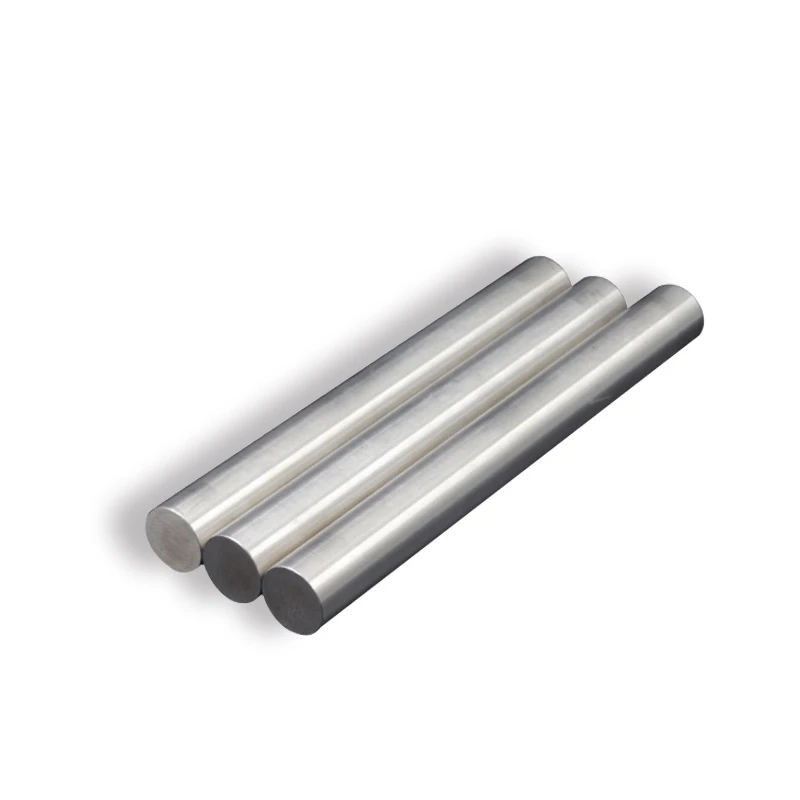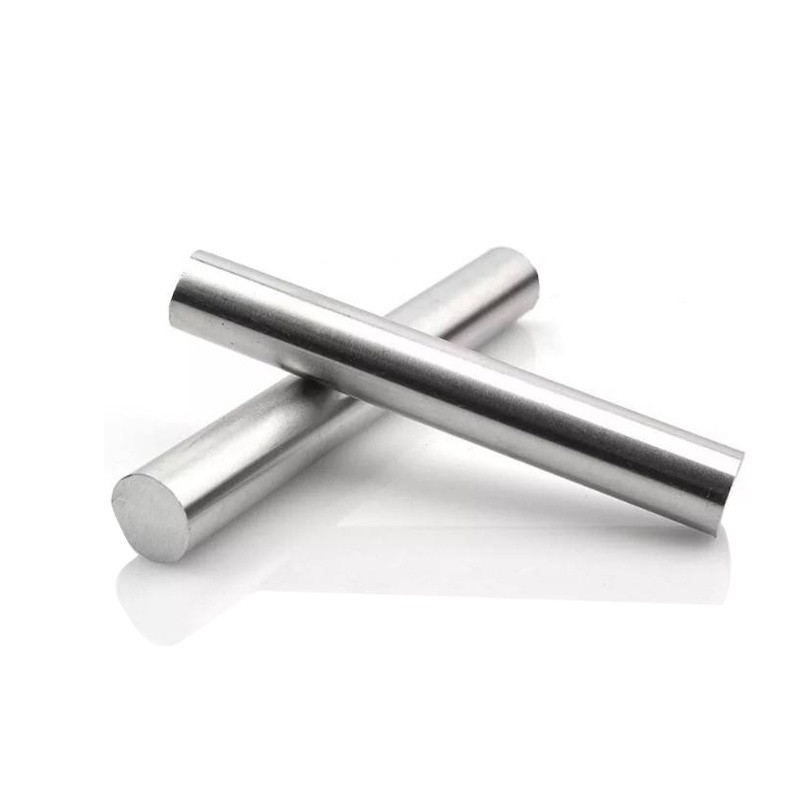
CATEGORIES
FEATURED PRODUCTS
A240 Stainless Steel Plate
We offer this product and related grades with 100% factory direct pricing and free quotes available within 24 hours.
APPLICATION SCENARIOS

OUR ADVANTAGE

Certificate of Honor

PARTNER

Our Factory

Welcome to Luokaiwei. For years, we have been at the forefront of supplying high-integrity stainless steel products, and at the heart of our offerings lies the versatile and indispensable ASTM A240 Stainless Steel Plate. If you're new to this material or looking to deepen your technical understanding, you've come to the right place. We believe that an informed customer is our best partner, so we've crafted this comprehensive guide to walk you through every aspect of the ASTM A240 specification.
What Exactly Is the ASTM A240 Specification?
ASTM A240 is a standard specification published by ASTM International. It governs the chemical and mechanical requirements for Chromium and Chromium-Nickel Stainless Steel Plate, Sheet, and Strip intended for pressure vessels and for general applications.
When you source a plate under this standard, you're not just buying a piece of metal; you are acquiring a material certified to meet stringent criteria for corrosion resistance, strength, and durability. At Luokaiwei, we treat this standard as our baseline, often exceeding its requirements to deliver unparalleled quality and reliability. This specification covers a wide array of grades, each with unique properties, which we will explore in detail below.
The Heart of Performance: Chemical Composition
The performance of any stainless steel plate begins with its chemical DNA. The precise balance of elements dictates its resistance to corrosion, its strength, its weldability, and its suitability for specific environments. The ASTM A240 standard outlines these compositions meticulously. Here, we present a table of the most common grades we supply, illustrating the critical role each element plays.
- Chromium (Cr): This is the magic ingredient. It forms a passive, invisible, and corrosion-resistant chromium oxide film on the surface. A minimum of 10.5% is required for a steel to be called "stainless."
- Nickel (Ni): Primarily added to austenitic grades (like 304 and 316), nickel enhances formability, weldability, and ductility. It also improves corrosion resistance in certain environments.
- Molybdenum (Mo): A key additive in grades like 316 and 316L, molybdenum significantly increases resistance to pitting and crevice corrosion, especially in chloride-rich environments (like seawater or de-icing salts).
- Carbon (C): Carbon increases hardness and strength. However, in austenitic grades, high carbon content can lead to carbide precipitation during welding, reducing corrosion resistance. This is why "L" grades (e.g., 304L, 316L) with lower carbon content were developed.
Table 1: Chemical Composition of Common ASTM A240 Grades (%)
| Grade | Carbon (C) max | Manganese (Mn) max | Phosphorus (P) max | Sulfur (S) max | Silicon (Si) max | Chromium (Cr) | Nickel (Ni) | Molybdenum (Mo) | Nitrogen (N) max |
| 304 | 0.07 | 2.00 | 0.045 | 0.030 | 0.75 | 17.5–19.5 | 8.0–10.5 | - | 0.10 |
| 304L | 0.030 | 2.00 | 0.045 | 0.030 | 0.75 | 17.5–19.5 | 8.0–12.0 | - | 0.10 |
| 316 | 0.08 | 2.00 | 0.045 | 0.030 | 0.75 | 16.0–18.0 | 10.0–14.0 | 2.00–3.00 | 0.10 |
| 316L | 0.030 | 2.00 | 0.045 | 0.030 | 0.75 | 16.0–18.0 | 10.0–14.0 | 2.00–3.00 | 0.10 |
| 321 | 0.08 | 2.00 | 0.045 | 0.030 | 0.75 | 17.0–19.0 | 9.0–12.0 | - | - |
| 410 | 0.15 | 1.00 | 0.040 | 0.030 | 1.00 | 11.5–13.5 | 0.75 max | - | - |
| 430 | 0.12 | 1.00 | 0.040 | 0.030 | 1.00 | 16.0–18.0 | 0.75 max | - | - |
Note: For Grade 321, Titanium (Ti) is present at a minimum of 5 x (C+N) and a maximum of 0.70%.
Strength and Durability: Mechanical Properties
Beyond chemistry, how the material behaves under physical stress is paramount for any engineering application. The mechanical properties define the plate's strength, ductility, and hardness. At Luokaiwei, every plate we ship is accompanied by a Mill Test Certificate (MTC) that verifies these properties meet or exceed the ASTM A240 standard.
- Tensile Strength: The maximum stress a material can withstand while being stretched or pulled before breaking.
- Yield Strength: The point at which the material begins to deform permanently. This is often a more critical design parameter than tensile strength.
- Elongation: A measure of the material's ductility, representing how much it can stretch before fracturing. Higher elongation is crucial for forming operations.
- Hardness: The material's resistance to localized plastic deformation such as scratching or indentation.
Table 2: Typical Mechanical Properties of ASTM A240 Plates (at Room Temperature)
| Grade | Tensile Strength (min) | Yield Strength (0.2% Offset, min) | Elongation (in 2 in. or 50 mm, min) | Hardness (max) |
| ksi (MPa) | ksi (MPa) | % | Brinell (HBW) / Rockwell (HRB) | |
| 304 | 75 (515) | 30 (205) | 40 | 201 / 92 |
| 304L | 70 (485) | 25 (170) | 40 | 201 / 92 |
| 316 | 75 (515) | 30 (205) | 40 | 217 / 95 |
| 316L | 70 (485) | 25 (170) | 40 | 217 / 95 |
| 321 | 75 (515) | 30 (205) | 40 | 217 / 95 |
| 410 | 65 (450) | 30 (205) | 20 | 223 / 96 |
| 430 | 65 (450) | 30 (205) | 22 | 183 / 88 |
Physical Properties: Beyond the Basics
For advanced design and thermal applications, understanding the physical properties is essential. These characteristics influence how the material interacts with heat and electricity and its overall weight.
Table 3: Physical Properties of Select ASTM A240 Grades
| Property | Grade 304/304L | Grade 316/316L | Grade 430 |
| Density | 8.00 g/cm3 (0.289 lb/in3) | 8.00 g/cm3 (0.289 lb/in3) | 7.75 g/cm3 (0.280 lb/in3) |
| Melting Range | 1399–1454∘C (2550–2650∘F) | 1371–1399∘C (2500–2550∘F) | 1427–1510∘C (2600–2750∘F) |
| Thermal Conductivity | $16.2 \text{ W/m·K at } 100^\circ\text{C}$ | $16.3 \text{ W/m·K at } 100^\circ\text{C}$ | $26.1 \text{ W/m·K at } 100^\circ\text{C}$ |
| Modulus of Elasticity | 193 GPa (28.0×106 psi) | 193 GPa (28.0×106 psi) | 200 GPa (29.0×106 psi) |
Standard Dimensions and Available Finishes
We pride ourselves on maintaining a comprehensive inventory to meet your immediate needs while also offering full customization.
Table 4: Standard Dimensional Capabilities for ASTM A240 Plate
| Parameter | Standard Range | Notes |
| Thickness | 3/16”(4.8 mm) to 6”(152.4 mm) | Thinner gauges are typically classified as sheet. We can source thicker plates upon request. |
| Width | 48”(1219 mm),60”(1524 mm),96”(2438 mm) | Custom widths are available through our plate processing services. |
| Length | 96”(2438 mm),120”(3048 mm),240”(6096 mm) | We offer cut-to-length services to match your exact project requirements. |
Common Plate Finishes We Supply:
- No. 1 Finish: Hot-rolled, annealed, and pickled. It has a rough, dull, and non-uniform appearance. This is the most common finish for industrial applications where appearance is not a primary concern.
- 2B Finish: Cold-rolled, annealed, pickled, and skin passed. It's a smooth, moderately reflective finish. The most widely used stainless steel finish, found in everything from chemical tanks to cookware.
- No. 4 Finish (Brushed): A polished finish achieved by grinding with progressively finer abrasives. It has a distinctive look with visible parallel polishing lines. Common in architectural and food service applications.
Grade Comparison: Making the Right Choice
Selecting the correct grade is the most critical decision you will make. Here’s our practical breakdown of the most common comparisons our customers ask about.
-
ASTM A240 Grade 304 vs. 316: This is the classic choice.
- Choose 304/304L for general-purpose applications: food processing equipment, kitchen sinks, architectural paneling, storage tanks for water and many chemicals. It offers excellent corrosion resistance in most atmospheric conditions but is susceptible to chloride-induced corrosion. It is the more economical choice.
- Choose 316/316L when superior corrosion resistance is non-negotiable. The addition of molybdenum makes it highly resistant to pitting and crevice corrosion from chlorides. It is the standard for marine applications, pharmaceutical equipment, chemical processing vessels, and coastal architectural projects. The higher performance comes at a premium price.
-
Standard Grades vs. "L" Grades (304 vs. 304L):
- The "L" stands for low carbon (0.03% max). This low carbon content minimizes the risk of chromium carbide precipitation at the grain boundaries during welding. This phenomenon, known as sensitization, can drastically reduce corrosion resistance in the heat-affected zone of a weld.
- Our advice: If your application involves significant welding, especially on material thicker than 6 mm, always opt for the "L" grade. For non-welded applications or light-gauge welding, standard 304 or 316 is often sufficient.
-
Austenitic vs. Ferritic (304 vs. 430):
- Grade 304 (Austenitic): Non-magnetic, excellent formability and weldability, superior corrosion resistance, and good toughness, even at cryogenic temperatures. It contains nickel.
- Grade 430 (Ferritic): Magnetic, lower cost due to the absence of nickel, good corrosion resistance in mild environments, but less formable and weldable than 304. It's often used in automotive trim, refrigerator panels, and industrial linings.
Where It Shines: Key Application Industries
The versatility of ASTM A240 plates means they are found in nearly every major industry. We have supplied materials for a vast range of projects, including:
- Oil & Gas: For pressure vessels, storage tanks, and pipelines where corrosion resistance is critical.
- Chemical and Petrochemical Processing: Reactors, heat exchangers, and tanks handling aggressive chemicals (Grade 316L and duplex grades are common).
- Food and Beverage Industry: Sanitary surfaces for preparation, storage, and transport that are easy to clean and resist corrosion from food acids (Grade 304/304L is the workhorse).
- Architecture and Construction: Facades, roofing, structural components, and decorative features, especially in corrosive urban or coastal environments (316L for longevity).
- Power Generation: Components for scrubbers, heat exchangers, and containment in nuclear, fossil fuel, and renewable energy plants.
- Water and Wastewater Treatment: Tanks, piping, and screening systems that must endure constant exposure to treated and untreated water.
- Pharmaceutical and Biomedical: Equipment requiring sterile, non-reactive surfaces (Grade 316L is the standard).
Navigating the Global Market: Price Considerations
We believe in transparency when it comes to pricing. The cost of ASTM A240 stainless steel plate is not static; it is influenced by a dynamic global market. Key factors include:
- Alloy Surcharges: The prices of raw materials, especially Nickel (LME Nickel) and Chromium, are the biggest drivers. This is why nickel-bearing grades like 304 and 316 are more volatile and expensive than ferritic grades like 430.
- Grade of Steel: Higher-performance alloys cost more. Expect 316L to be significantly more expensive than 304L, which is more expensive than 430.
- Dimensions and Quantity: Thicker plates and larger order quantities generally have a lower price per kilogram or ton.
- Mill Origin: Prices can vary based on the producing mill's location, energy costs, and production efficiency.
- Finish and Processing: Polished finishes and custom cutting add to the final cost.
Our Commitment: At Luokaiwei, we leverage our global sourcing network and large inventory to mitigate price volatility. We provide competitive, fair-market pricing and work with you to find the most cost-effective solution that meets your technical requirements.
Your Purchasing Guide: How to Source with Confidence
When you are ready to procure ASTM A240 plates, we recommend a simple, structured approach:
- Clearly Define Your Needs: What is the application? What corrosive elements will the plate be exposed to? What are the structural and temperature demands?
- Specify the Full Requirement: Provide the grade, finish, thickness, width, and length.
- Always Request a Mill Test Certificate (MTC): This is your non-negotiable proof of quality. The MTC (or MTR) is a quality assurance document that certifies the material's chemical and mechanical properties are in compliance with the specified standard.
- Choose a Reputable Supplier: Look for a partner, not just a seller. A good supplier will have a proven track record, deep technical knowledge, and a commitment to quality.
Why Choose Luokaiwei? Your Trusted Partner in Stainless Steel
We don't just sell steel; we provide peace of mind. Partnering with Luokaiwei for your ASTM A240 plate needs means you benefit from:
- Unwavering Commitment to Quality: We source from world-class mills and provide a full MTC with every order. Our quality management system ensures traceability from mill to your doorstep.
- Extensive Inventory: Our wide range of grades, thicknesses, and sizes means we can often ship your material immediately, reducing project lead times.
- Expert Technical Support: Our team isn't just in sales; they are material experts who can help you select the optimal grade and specifications for your project.
- Advanced Processing Capabilities: From precision plasma and laser cutting to polishing and finishing, we can deliver a plate that is ready for fabrication.
- Global Logistics Network: We have the experience to ship anywhere in the world, handling all documentation and ensuring your material arrives safely and on time.
We are ready to become an extension of your team.
Frequently Asked Questions (FAQ)
1. What is the difference between ASTM A240 and ASME SA240?
This is an excellent and common question. The specifications are largely identical in terms of chemical and mechanical requirements. ASTM creates standards for a wide range of general materials. ASME (American Society of Mechanical Engineers) adopts many ASTM standards for use in applications covered by the ASME Boiler and Pressure Vessel Code (BPVC). When a standard is adopted, it is designated with an "SA" prefix (e.g., SA240). If you are building a coded pressure vessel, you must use material certified to ASME SA240. For general applications, ASTM A240 is sufficient. We can supply dual-certified A240/SA240 plate.
2. Is ASTM A240 stainless steel plate magnetic?
It depends on the grade.
- Austenitic grades (300 series like 304, 316): In their fully annealed state, they are non-magnetic. However, cold working (like forming or bending) can induce some magnetism.
- Ferritic grades (400 series like 430, 410): These grades are magnetic.
3. Can I weld ASTM A240 plates?
Absolutely. Most grades are weldable, but the procedure varies.
- Austenitic grades (304, 316) have excellent weldability. For thicker sections, we strongly recommend using the "L" grades (304L, 316L) to prevent sensitization and ensure maximum corrosion resistance at the weld.
- Ferritic grades (430) are weldable but may require pre-heating and post-weld heat treatment to restore ductility.
4. What is a Mill Test Certificate (MTC), and why do I need one?
The MTC (also called a Certified Mill Test Report or CMTR) is a formal document from the material manufacturer that provides a complete record of its composition and mechanical testing results. It's your ultimate guarantee that the plate you received meets the exact specifications of the ASTM A240 standard you ordered. We believe it is an essential document for any critical application and provide it with every order.
5. How do I get a quote or place an order with Luokaiwei?
Getting started is simple. You can reach out to our sales team through the contact form on our website, email us your specifications, or call us directly. Please provide the grade, dimensions (thickness, width, length), quantity, required finish, and any special processing or testing needs. Our team will respond promptly with a detailed quotation and lead time.
We hope this guide has been informative. At Luokaiwei, we are passionate about steel and dedicated to our customers' success. Contact us today to discuss your next project.







